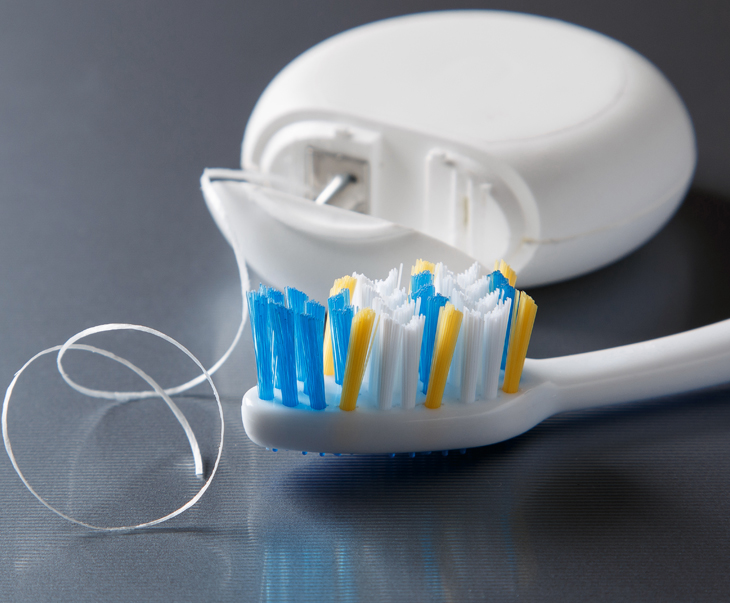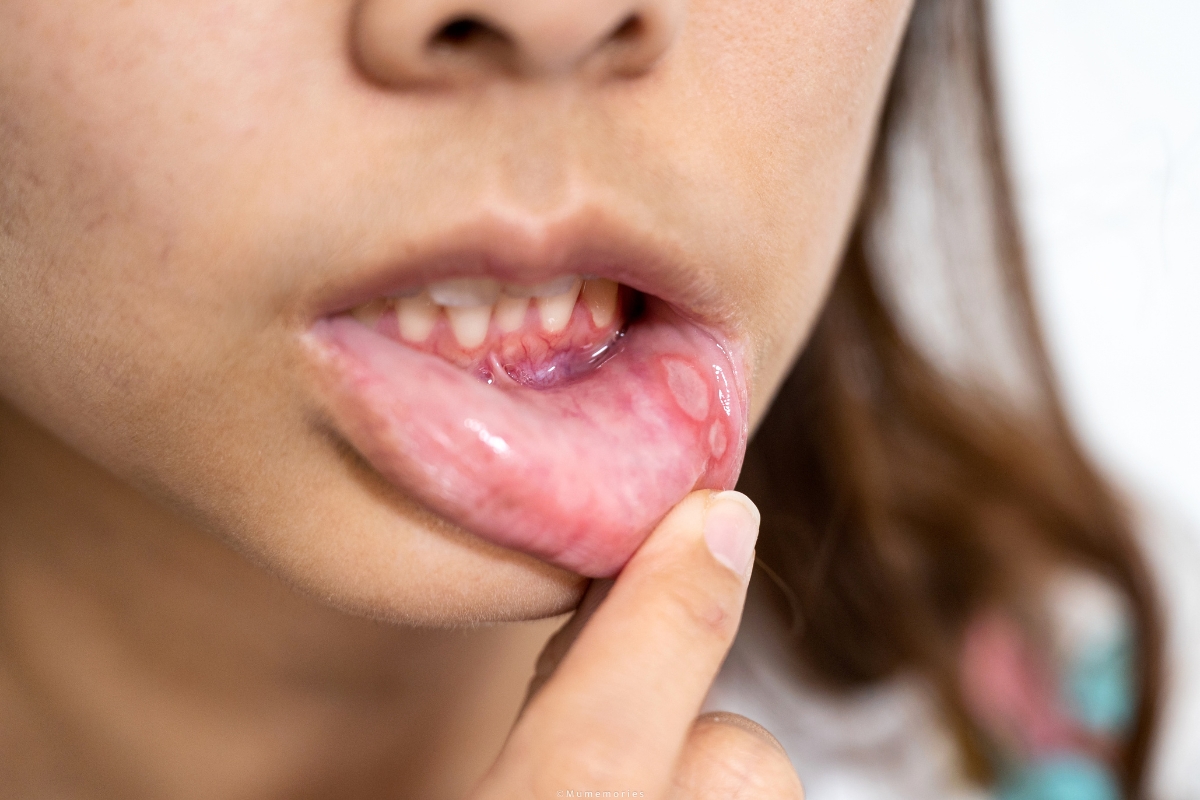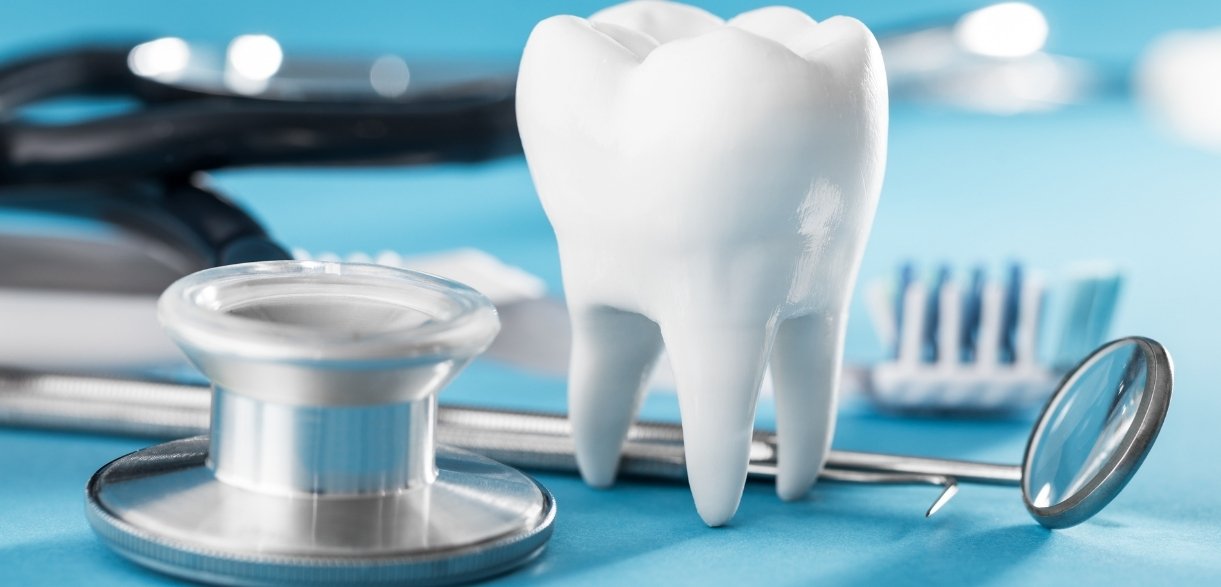
By West Albany Dental
Selecting the right toothbrush may seem like a simple task, but with the variety of options available on the market today, it can quickly become overwhelming. The right toothbrush plays a significant role in maintaining optimal oral hygiene, preventing gum disease, and keeping your smile bright. In this guide, we’ll break down the key factors you need to consider when choosing the perfect toothbrush for your unique needs.
Why Choosing the Right Toothbrush Matters
Using the right toothbrush is essential for effectively removing plaque, food particles, and bacteria that can lead to tooth decay and gum disease. A toothbrush that suits your mouth size, sensitivity, and brushing style will help you maintain oral health and prevent future dental issues. It’s more than just choosing a brand or color; finding the right toothbrush ensures comfort, efficiency, and ultimately, better oral health outcomes.
1. Manual vs. Electric: Which is Better?
One of the first decisions to make when choosing a toothbrush is whether to go for a manual or an electric toothbrush.
Manual Toothbrush
- Pros: Affordable, easy to use, portable, and available in a variety of bristle types.
- Cons: Requires more effort and technique to ensure a thorough clean.
Manual toothbrushes are great for individuals who are diligent with their oral hygiene habits and are confident in their brushing technique.
Electric Toothbrush
- Pros: Delivers consistent brushing motions, often more effective in removing plaque, and typically comes with built-in timers.
- Cons: More expensive, needs recharging or batteries, and can be bulky for travel.
Studies have shown that electric toothbrushes can be more effective at reducing plaque and gingivitis than manual brushes, especially for those with limited dexterity. However, both types can be effective when used properly. If you have a preference for ease and efficiency, an electric toothbrush may be worth the investment.
2. Bristle Type: Soft, Medium, or Hard?
Another crucial factor is the type of bristles on your toothbrush. Toothbrushes typically come in three varieties: soft, medium, and hard bristles.
Soft Bristles:
- Ideal for the majority of people, especially those with sensitive gums or enamel.
- Gentle on the gums and less likely to cause damage to tooth enamel.
Medium Bristles:
- A bit firmer than soft bristles, they can provide a more thorough clean but may cause gum irritation if used with too much pressure.
Hard Bristles:
- Rarely recommended by dentists, as they can wear down enamel and damage gums with prolonged use.
Most dentists advise using a toothbrush with soft bristles as they clean effectively without causing harm to the teeth or gums. If you’re prone to gum sensitivity or have receding gums, soft bristles are the best choice.
3. Toothbrush Head Size: Finding the Perfect Fit
Toothbrush heads come in various sizes, and the right one largely depends on your mouth size. Choosing a toothbrush with the correct head size ensures you can clean every area of your mouth effectively.
- Small/Compact Head: Ideal for children or adults with smaller mouths, as it allows better access to hard-to-reach areas.
- Standard Head: Suitable for most adults, providing full coverage for all areas of the mouth.
Make sure the toothbrush head is small enough to easily reach the back molars and cover all surfaces of the teeth. A toothbrush that’s too large may prevent you from cleaning those difficult-to-reach spots.
4. Handle Comfort and Grip
The toothbrush handle should be comfortable to hold and provide a good grip, especially if you have limited mobility or arthritis. Some toothbrushes come with ergonomic, non-slip grips that make brushing easier and more comfortable.
- Straight Handle: The traditional design that works well for most people.
- Angled Handle: This option helps improve reach, particularly for brushing behind the teeth.
If you find brushing difficult or uncomfortable, look for a toothbrush with a thicker, contoured handle for improved grip and control.
5. Special Features for Sensitive Gums or Teeth
If you have sensitive teeth or gums, choosing the right toothbrush is even more critical. Look for features such as:
- Extra Soft Bristles: Designed for gentle cleaning without irritating sensitive areas.
- Pressure Sensors: Some electric toothbrushes come with pressure sensors to alert you if you’re brushing too hard, helping protect sensitive gums.
These options can help reduce irritation and ensure that you get a thorough, comfortable cleaning.
6. Oral Health Goals: Customized Solutions
Different toothbrushes are designed for different oral health needs. Depending on your specific goals, you may want to choose a toothbrush tailored to them. Here are some examples:
- Whitening: Some toothbrushes are designed with polishing bristles or additional features to help remove surface stains and keep your teeth looking bright.
- Orthodontic Care: If you wear braces, look for toothbrushes specifically designed for cleaning around brackets and wires.
- Gum Health: Choose a toothbrush with soft, tapered bristles to help protect your gums while cleaning thoroughly along the gumline.
Consult your dentist to determine which oral health goals you should focus on and which toothbrush features can best support those goals.
7. Replace Your Toothbrush Regularly
Even the best toothbrush won’t last forever. Dentists recommend replacing your toothbrush every three to four months or sooner if the bristles become frayed. A worn-out toothbrush won’t clean your teeth effectively and can even harbor harmful bacteria. Remember to swap out your toothbrush after recovering from an illness to avoid reinfection.
Choosing the right toothbrush is crucial for maintaining good oral health and achieving a bright, healthy smile. Whether you prefer a manual or electric toothbrush, soft or medium bristles, or need special features for sensitivity, selecting a toothbrush that meets your needs can make all the difference.








